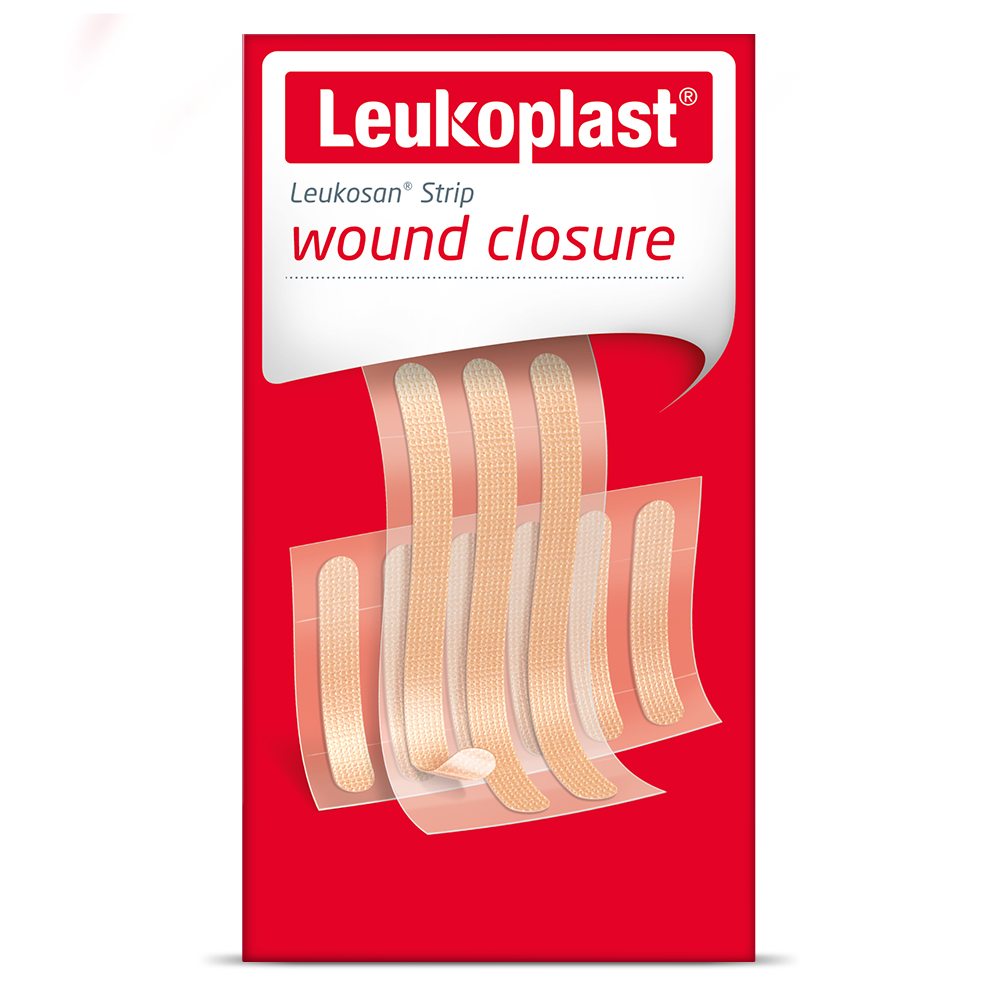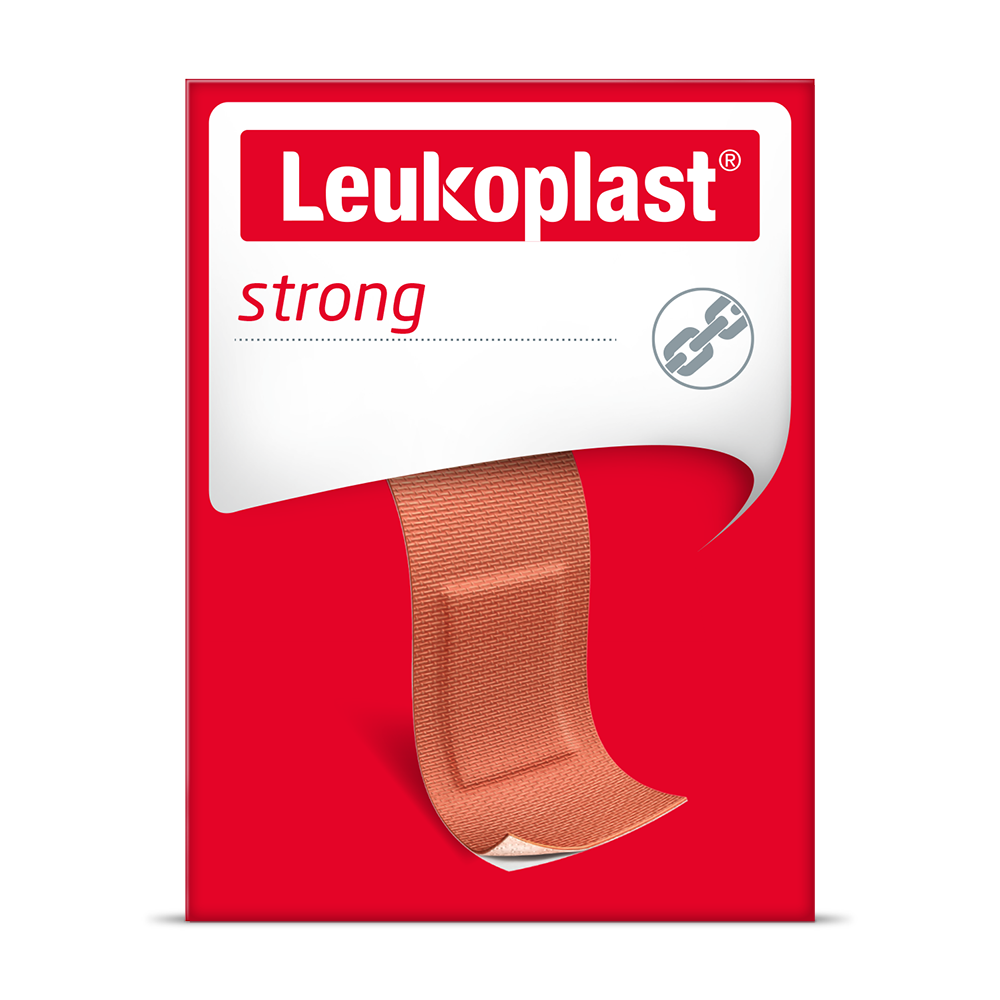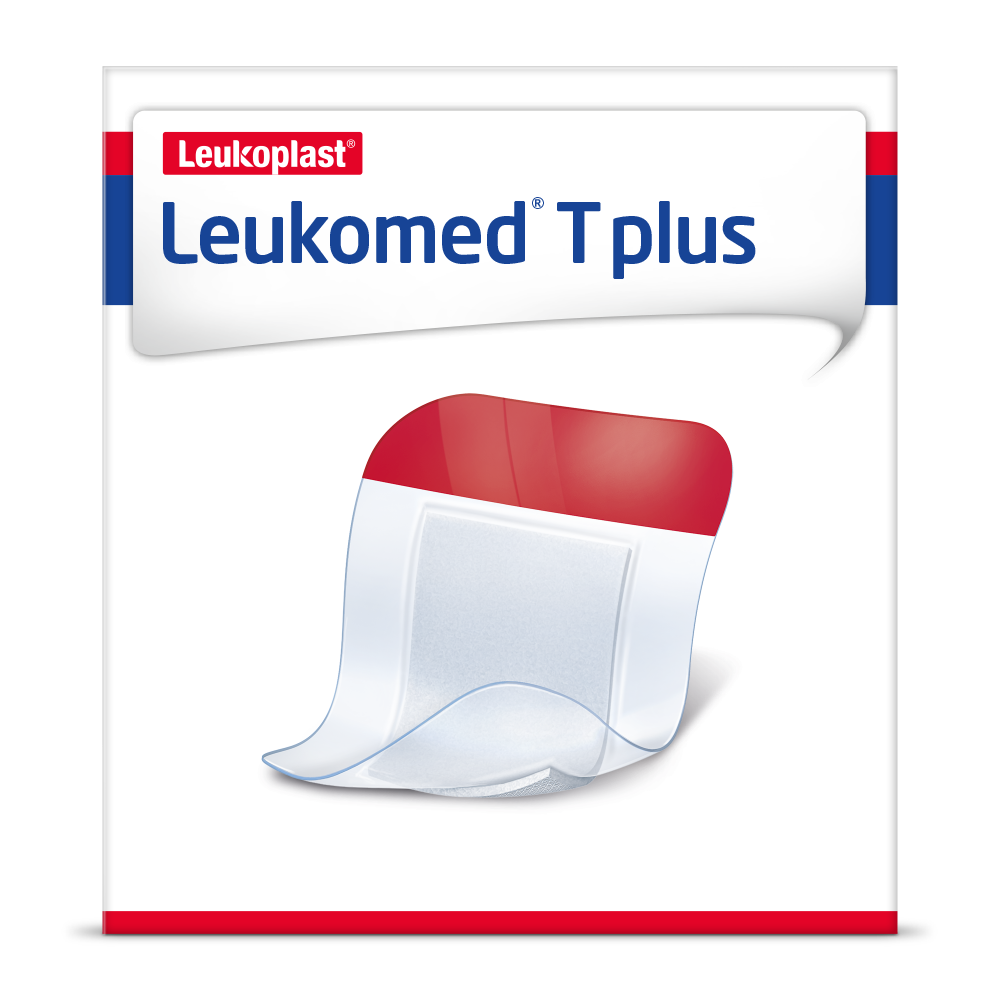Caring for cuts
Cuts can be caused by a knife or even a sheet of paper: the skin is penetrated by a sharp object; usually on the hand or a finger. Follow the treatment steps below, which are based on NHS recommendations:
Apply a sterile adhesive dressing.1 The dressing can be changed daily if necessary or whenever it becomes wet or dirty. Keep the wound dry by using waterproof dressings, which will allow you to take showers.1
Most cuts are minor and can be dealt with at home. However, seek medical attention from a healthcare professional, if
Please contact your healthcare practitioner if you experience any of the above.
Many common wounds can be dealt with at home. But when should a doctor be consulted? Scroll down for more information!

Topical, adhesive strips for the atraumatic closure of small wounds.

Highly adhesive water-repellent first aid dressing for short-term use on minor wounds.

Skin-friendly sterile film dressing with wound pad for small to medium-sized wounds.